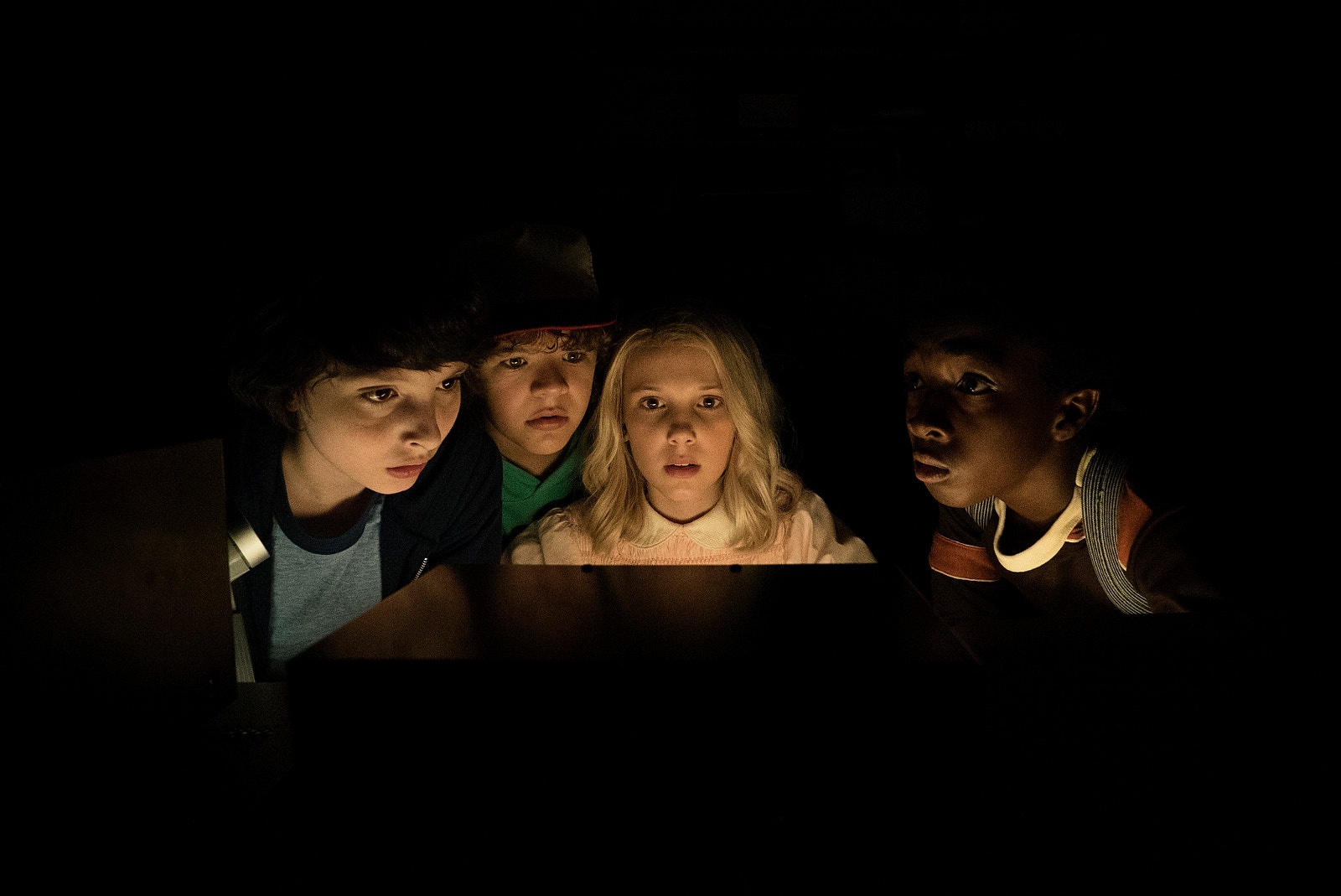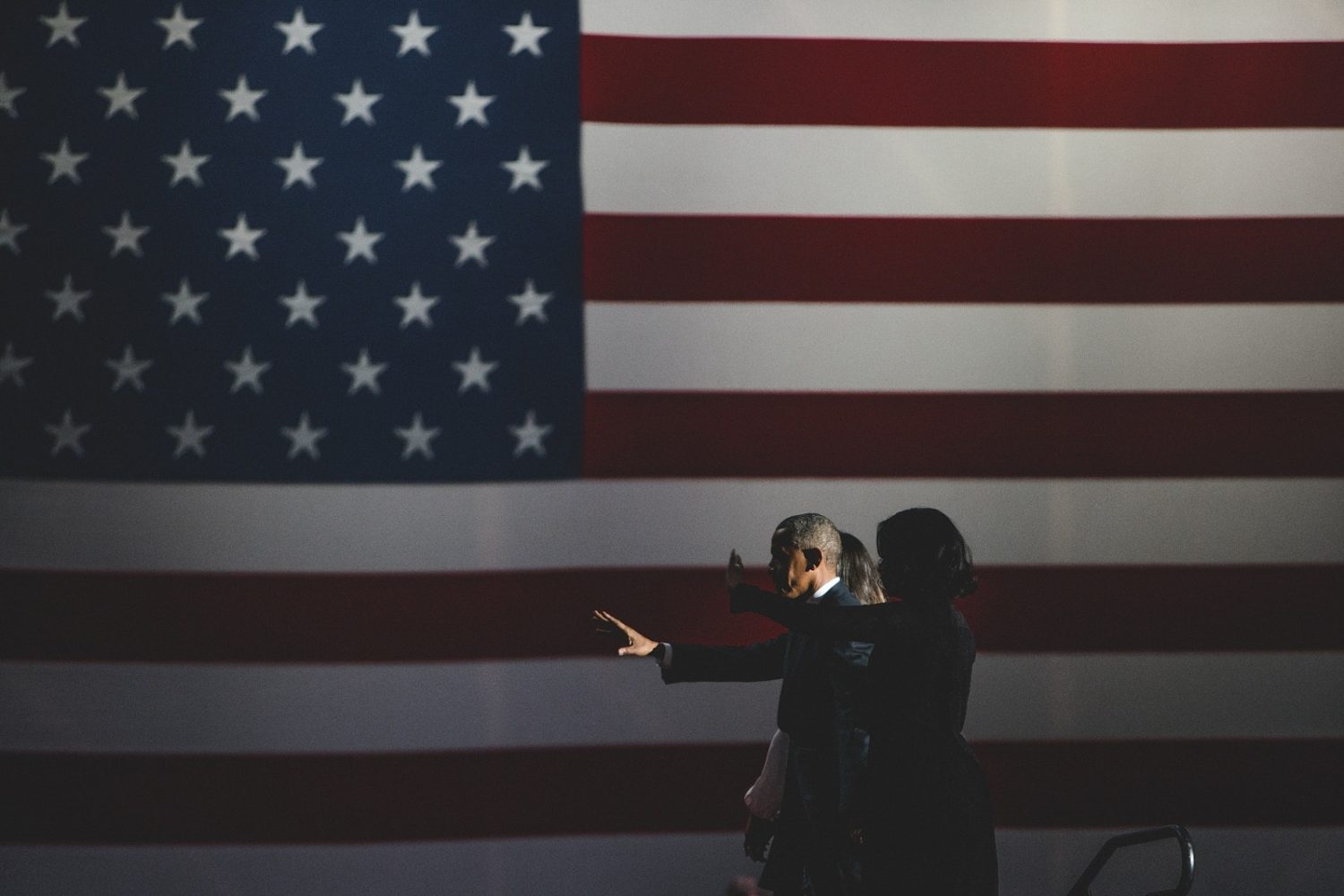Photo: Stranger Things Kids by Curtis Baker
Curtis Baker is a production & portrait photographer based in Atlanta, Georgia—which also happens to be the location of TV & Film productions like Stranger Things and Rectify, two shows that Baker has photographed. I discovered Baker’s photos of Winona Ryder on 500px and wanted to connect with him to find out more about his experience photographing one of the most binge-worthy shows of 2016.
Q: How did you get started photographing for TV & film?
A: In 2006, I started in the industry doing Video Assist, a position where I provided a live image for actors and directors and also did playback if a take or scene needed to be reviewed. On a film in 2008, I met the stills photographer who was on set. After a long conversation with him, I really had an interest in the field. I spent the next couple years with my head down to become a better photographer, learning everything I could to be able to shoot on set. I made my first sound blimp out of wood just to silence my Nikon on a small independent film project. I worked with some talented young directors that let me come to set and shoot for free to gain experience and build an on-set portfolio.
Q: When you are working on a TV/film set do you take photos as the cameras are rolling? What is the process like?
A: There are three basic jobs of a stills photographer on set. Shooting the scenes from the point of view of the movie camera is the main task. I embed myself with the camera team on each show so they trust me and don’t mind me being so close while the camera is rolling. Silent and still is how I have to work. The second job would be getting behind the scenes images—actors getting notes from the directors, crew, camera setups, and so on. Third would be getting art photos for posters, or images for props to use on set to make the sets more believable. Some shows have gallery shoots where I will set up three to five lights and a seamless backdrop, and I’ll do a special photo shoot with the actors as the characters they are playing. Actors rarely stand still for you unless you ask nicely.
Q: What gear do you pack when you’re photographing a TV/film production?
A: Before the mirrorless camera breakthrough, I was lugging a big pelican case to set with two full-size Nikon D3s camera bodies, a 24-70 2.8 lens and a 70-200mm lens. To keep those big guys silent on set, I used two Aquatech Sound Blimps, with lens tubs to go around and silence the lenses. I would often carry a Fuji x100t around my neck as a third camera that I could get to quickly. All that gear hanging on my neck and shoulders weighed about 30 lbs. 12-14 hours later, you get tired. Over the last year, I’ve switched to a mirrorless set up. Even with two or three cameras on my shoulders, it’s at least half the weight. So now I pack a large backpack with three cameras, a total of four lenses, laptop, and external hard drives. Along with some everyday on-set essentials (ear-plugs, ChapStick, hand warmers, and sunglasses), that’s it. Unless, of course, I’m doing a larger gallery shoot, which requires my lights and grip gear.
Q: Do you have any behind-the-scenes stories about your time on the “Stranger Things” set?
A: Shooting season 1 of “Stranger Things” was a blast—a career highlight. From the cast to the crew to the production office, we were a family. I made lifelong friends from that show. We had many cold and sometimes rainy days and nights making the show. You get close with your work mates when you are in tough conditions. The kids were such great people and actors that it was a joy to be around them and their positive energy. I’m very happy to see them go far in their careers.
Q: How does your personal photography differ from your production stills?
A: My personal work is really about people and light. I try not to get very posey with the models I shoot; I like a simple relaxed style. I’ve been trying to incorporate a cinematic look to my work when I’m not on set. I spend a lot of time talking with the electricians and grips and picking up tips and tricks for my off-set work.
Q: What have you learned from production photography that has informed your personal photography work?
A: If you can stay relaxed in front of a huge A-list celebrity, you can work with anybody. Shooting on set usually packs on a lot of pressure, and that makes me more confident when I’m on my own. I’m learning something new every day on set; I’ll listen to the way the director works with actors and I use that to direct my models. My eyes are scanning the set like I’m watching a high speed ping-pong match, so I see everything and most of that stays in my brain.
Q: Name a photographer on 500px that inspires you and why.
A: No one person stands out to me; I just love how I can go to 500px.com and search for something and I’m guaranteed to find an amazing photo. All the images look fantastic on the site. My work looks better there. It’s nice that it’s international, and I can see what other photographers see in different parts of the world.
Q: As a user of 500px’s Portfolios, do you have any tips for curating your portfolio and attracting the right clients?
A: Put your newest and best work forward. Make sure your first couple of images are eye-catching and really draw the viewer in. I like to go deep in the portfolio and pull older stuff out. Keep the amount of images to a good number—not too many, not too few. The people hiring me don’t have time to sit through a 10 minute slideshow; they want to see how skilled I am in the first five or ten images.
For more of Curtis Baker’s photography check out his website: CurtisBaker.com and follow him on 500px.















Leave a reply